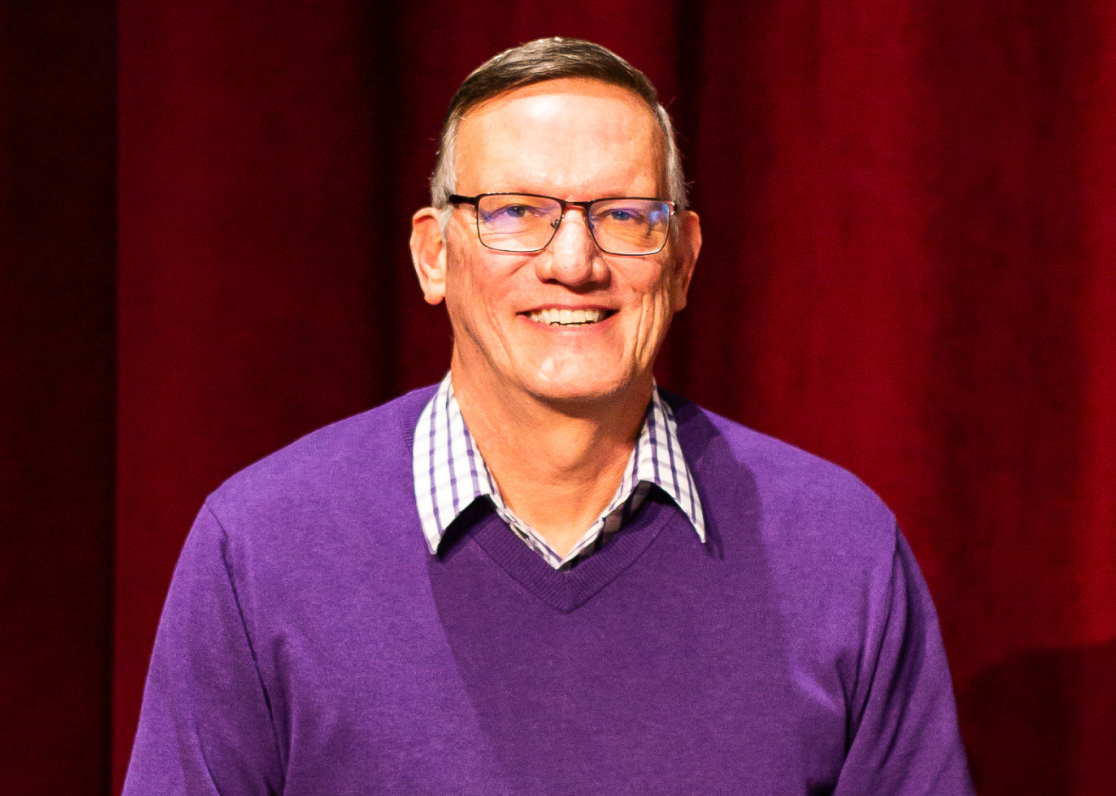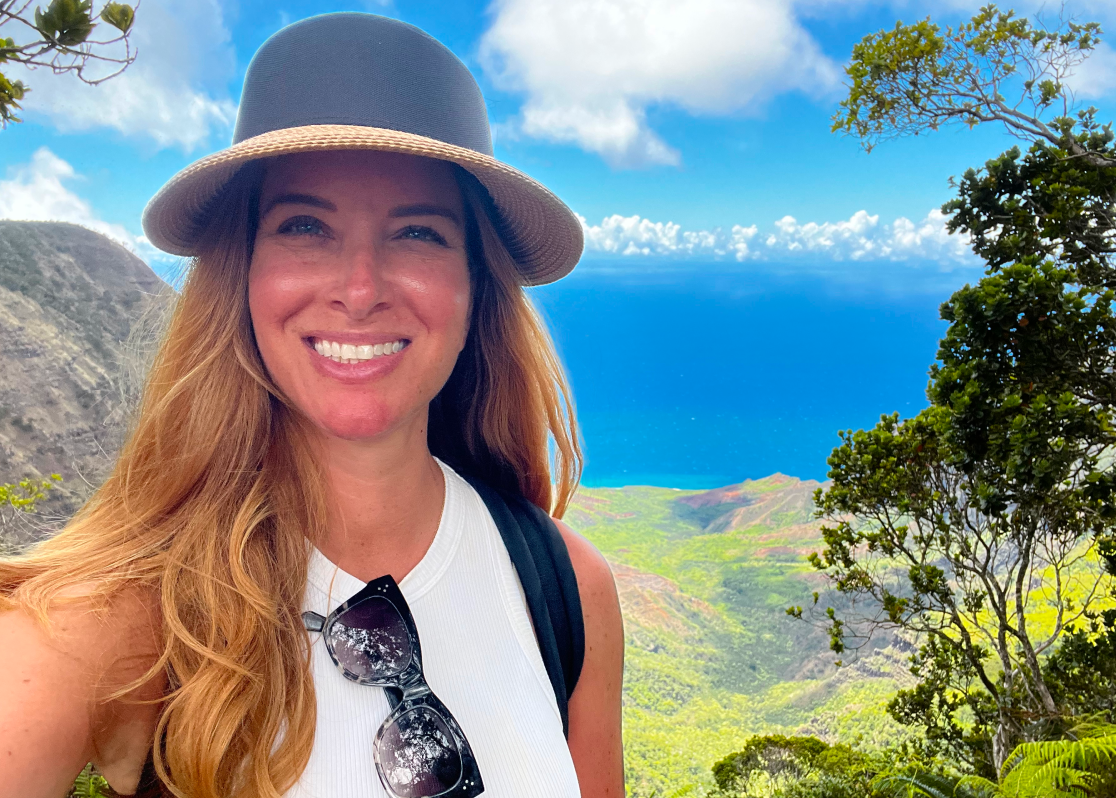OUTNUMBERING PAH
Rochelle & Tim’s story

In 2018, Rochelle and her husband, Tim, sat with her new cardiologist as they went over her test results. They had been married for eight years and had big plans for their life together.
But first, they had to figure out what was making Rochelle sick.
Rochelle had been experiencing episodes that worried them. Her heart would start racing and it would become hard to breathe. She had also started passing out while doing everyday tasks, like washing the dishes or bringing in the groceries.
Each time Tim rushed Rochelle to the ER for help, the staff sent Rochelle home, reassuring the couple that Rochelle was experiencing anxiety attacks.

I know how it feels to not be believed. I know what it feels like for everyone to think, “Oh. You’re not sick.”
But Tim and Rochelle knew the truth. Rochelle wasn’t okay — she was getting worse. This was when Rochelle’s cardiologist confirmed that she had a rare condition called pulmonary arterial hypertension (PAH).
Tim and Rochelle were ready to face the challenges of PAH. They knew they’d need each other’s support, but what they didn’t expect was how much the PAH community would help them navigate their new normal.
This is Rochelle and Tim’s story about how they’re outnumbering PAH.

Finding purpose and people
After her diagnosis, Rochelle wanted to learn more about living with PAH from those who know best — other people living with PAH.
So, she looked online, found an in-person support group, and immediately sent an email to the group’s leader.
That one short email would change Rochelle’s and Tim’s lives forever.
The group leader not only made Rochelle and Tim feel welcome, she helped connect them with online resources that could teach them more about PAH and how to help manage it.
She even helped Tim and Rochelle earn a scholarship to attend the Pulmonary Hypertension Association’s International PH Conference and Scientific Sessions, where they met other people with PAH and caregivers from all walks of life.
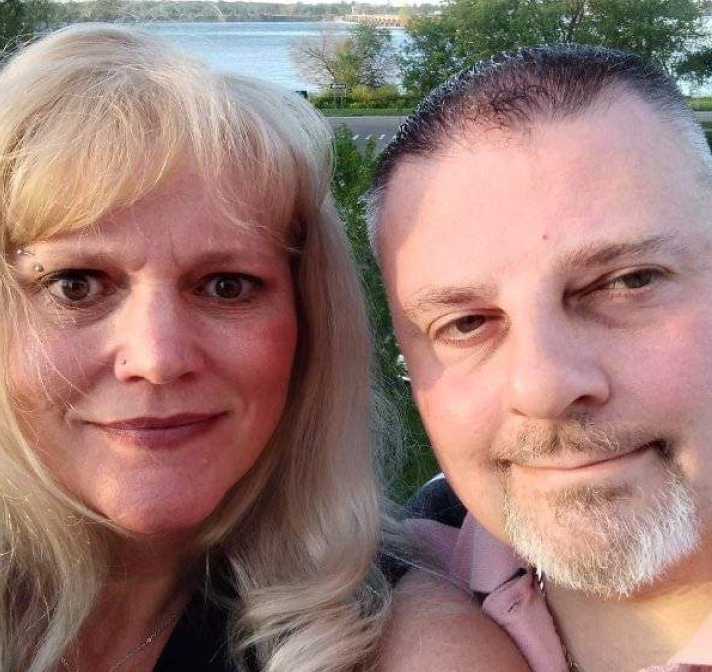
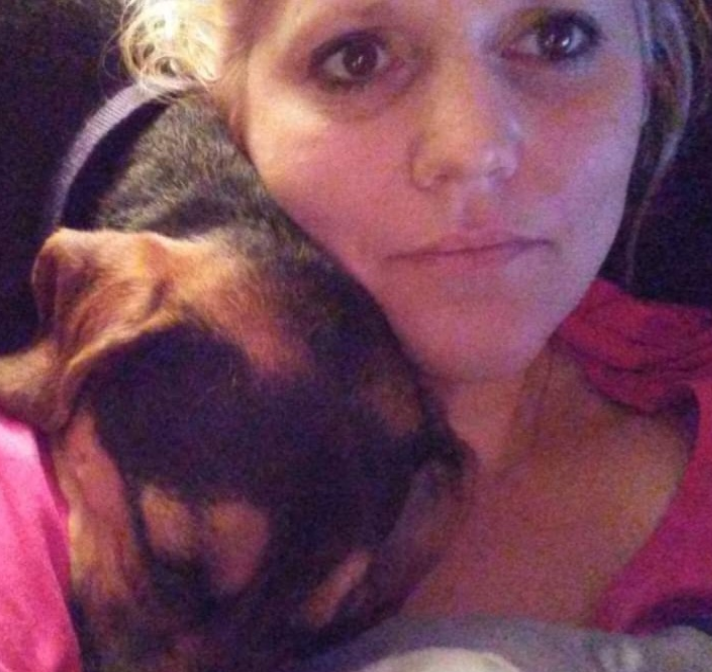

This support led Rochelle to want to help others through their ups and downs with PAH.
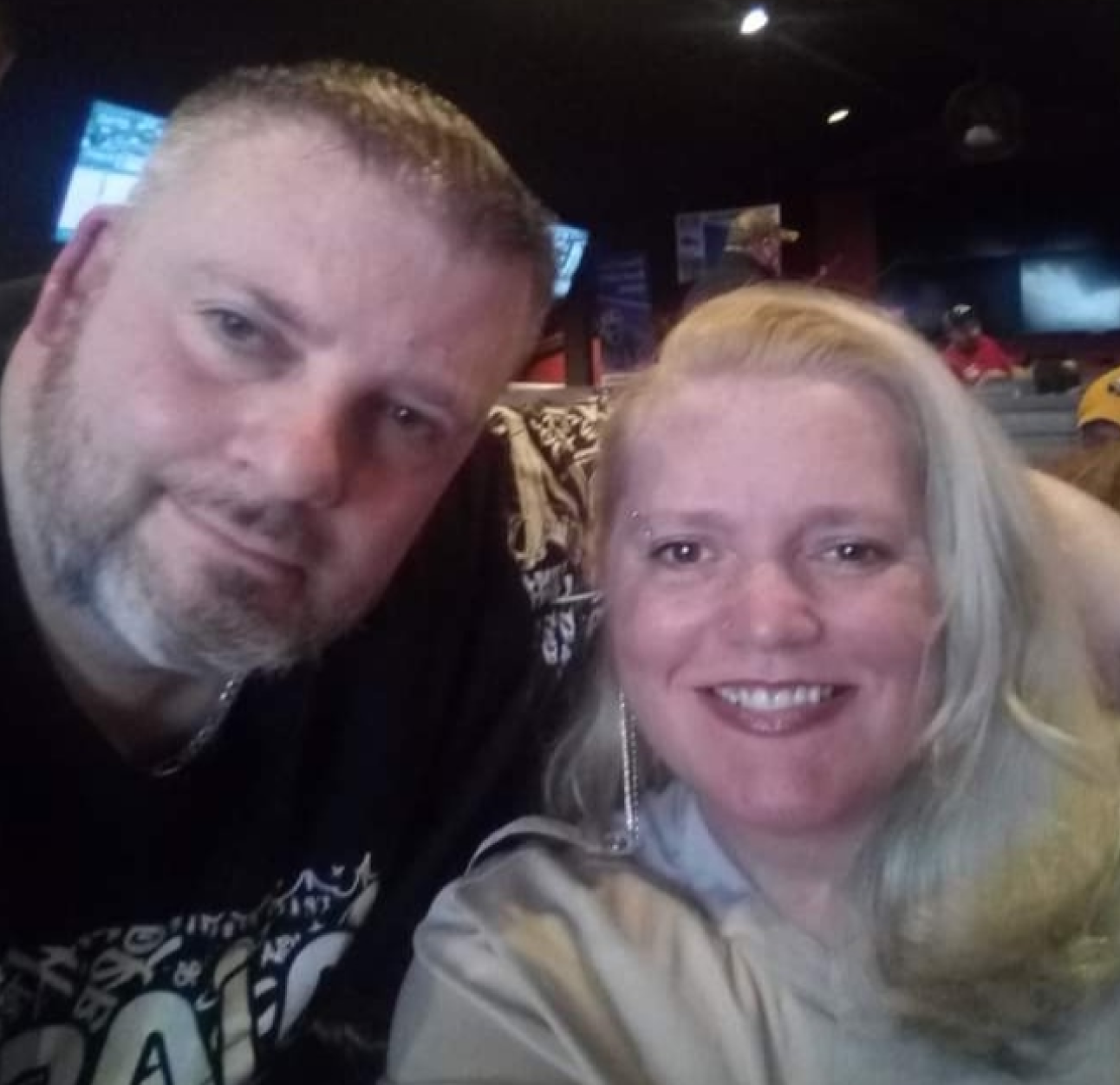
Caring for the caregivers
Rochelle will be the first to tell you that she’s able to live a meaningful life as a champion for PAH because she has daily support from Tim. After the initial shock of Rochelle’s diagnosis, Tim turned his focus to helping Rochelle.
When Rochelle experiences nausea and pain from her PAH, Tim is right there with her, rubbing her back for hours. He attends Rochelle’s appointments with her so that he understands her management plan. Tim also makes sure Rochelle has the tools and the emotional support she needs.
It’s tough when your partner gets a life-changing diagnosis. Helping his wife Rochelle navigate PAH has been a continuous learning experience for Tim, especially since no one around them knew about PAH before Rochelle was diagnosed.
Being a caregiver for someone with a rare illness like PAH can be hard.
Unfortunately, Tim realized that there’s no handbook for helping your partner live with PAH. Tim had to learn the role of being a caregiver through first hand experience, since there aren’t many resources available for caregivers.
Like Rochelle, Tim sees this as an opportunity to share what he has learned with other caregivers. One thing he wished everyone knew — no two people with PAH are alike. Everyone’s PAH journey is unique, with different challenges. That means each caregivers’ experience will be different, too.
Tim and Rochelle want others to understand that not everyone with PAH looks sick, and just because someone doesn’t need a wheelchair or oxygen doesn’t mean they aren’t struggling with their illness.

